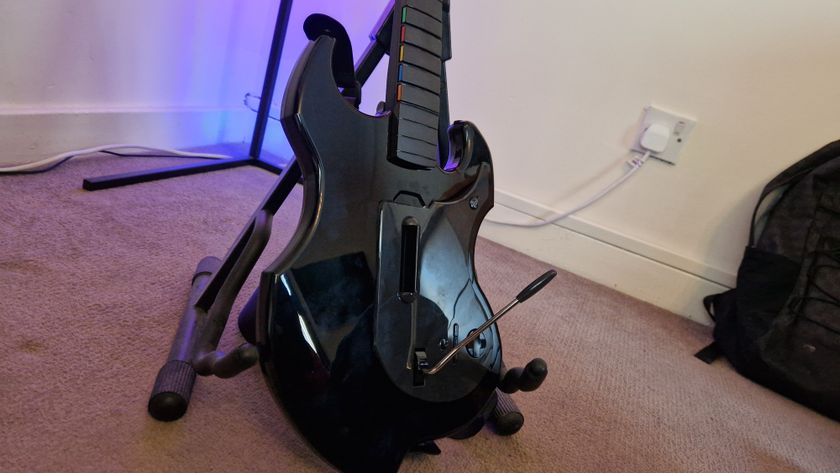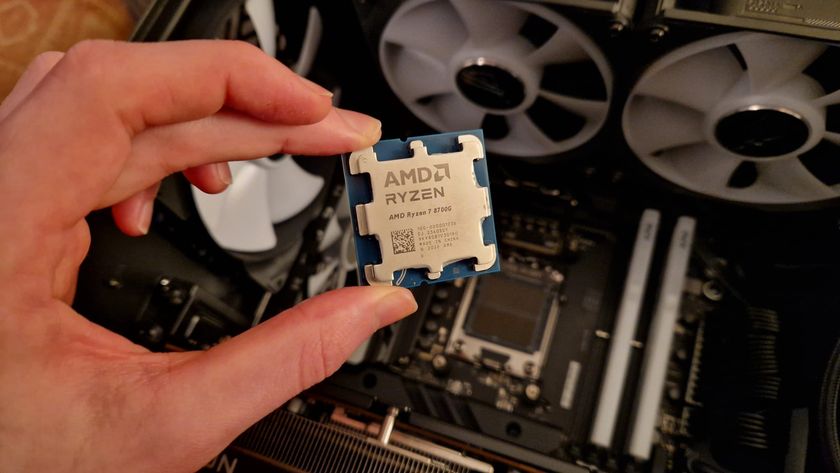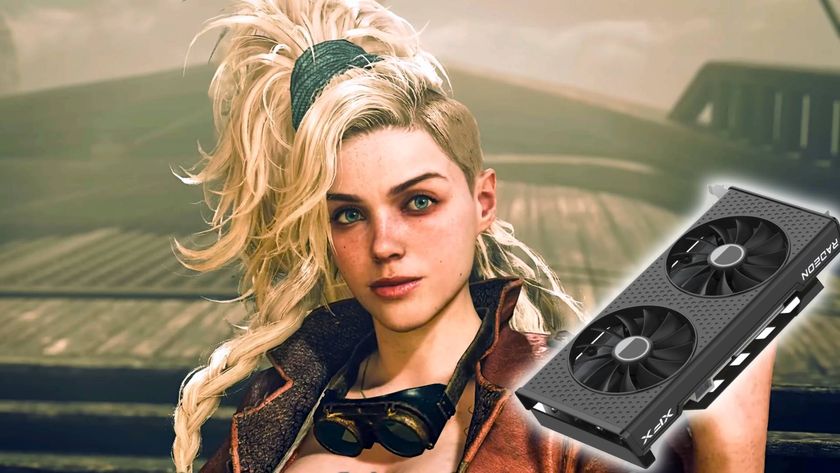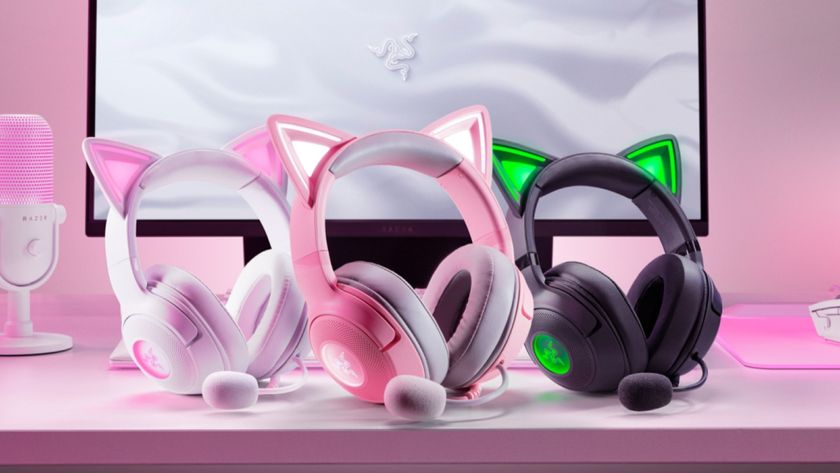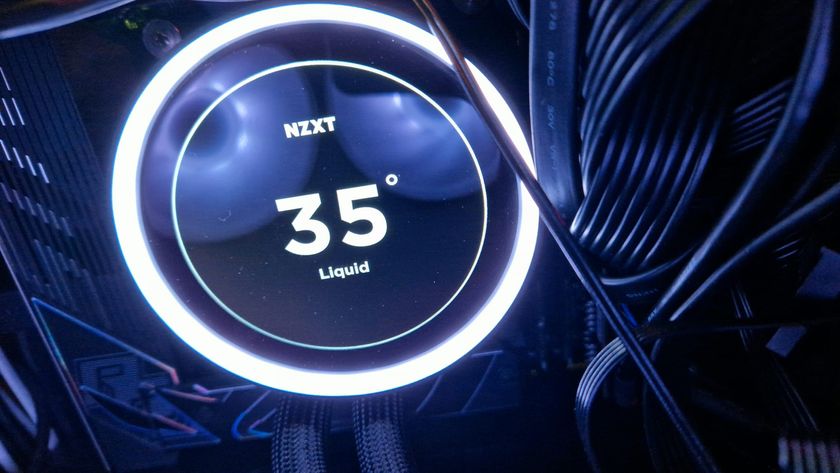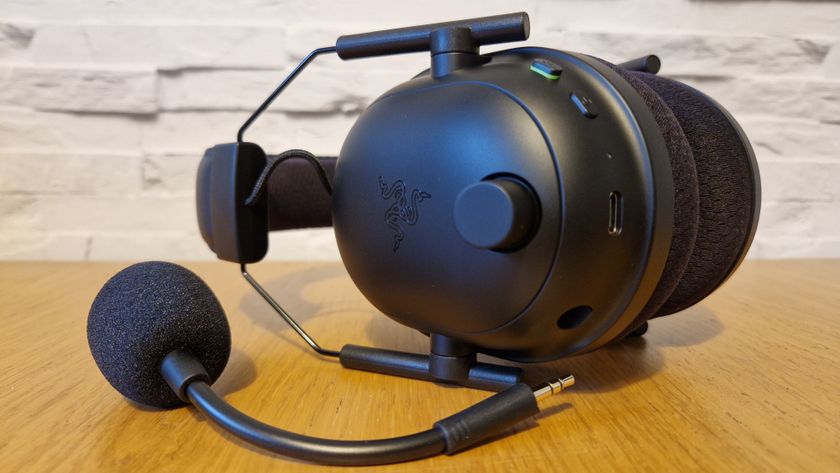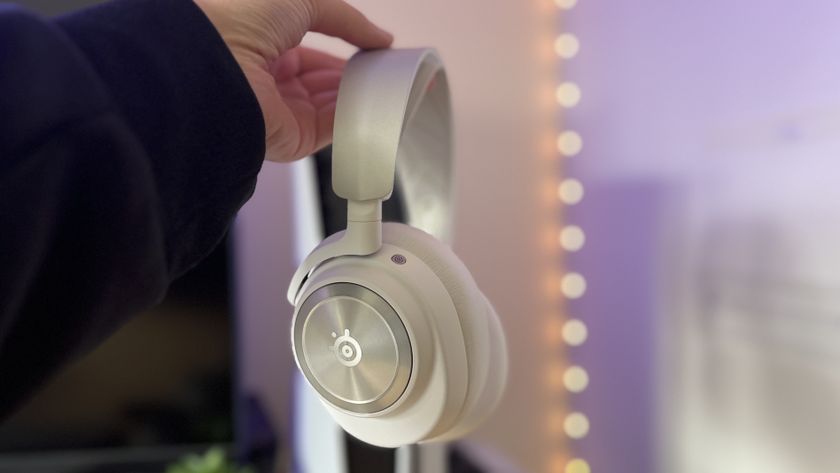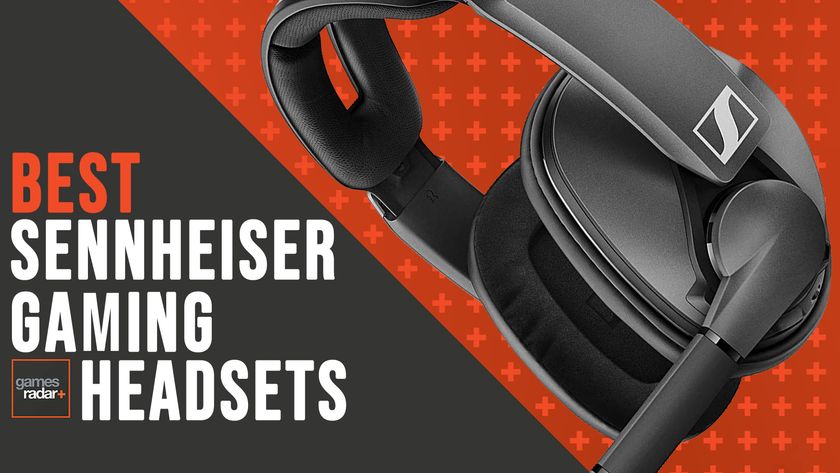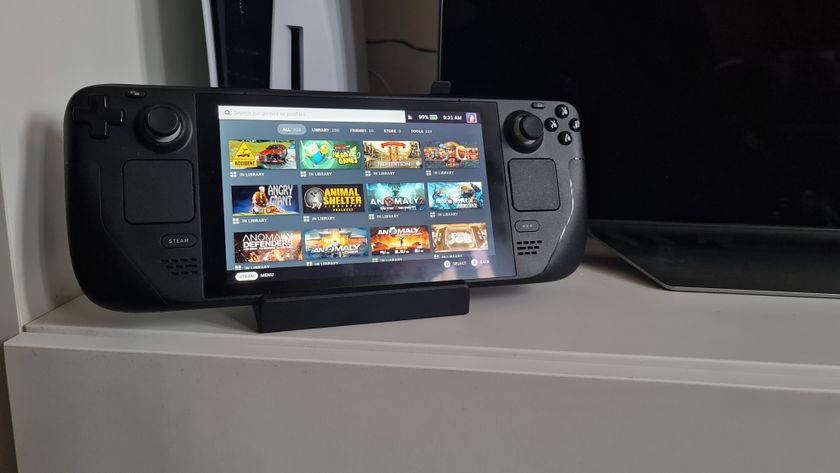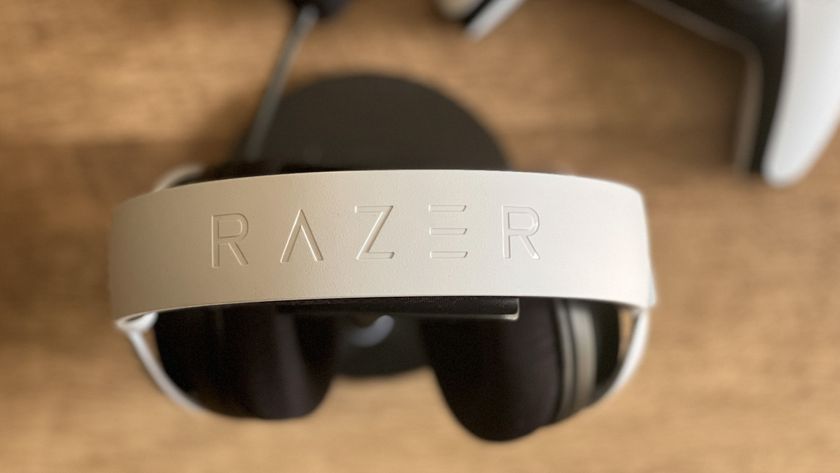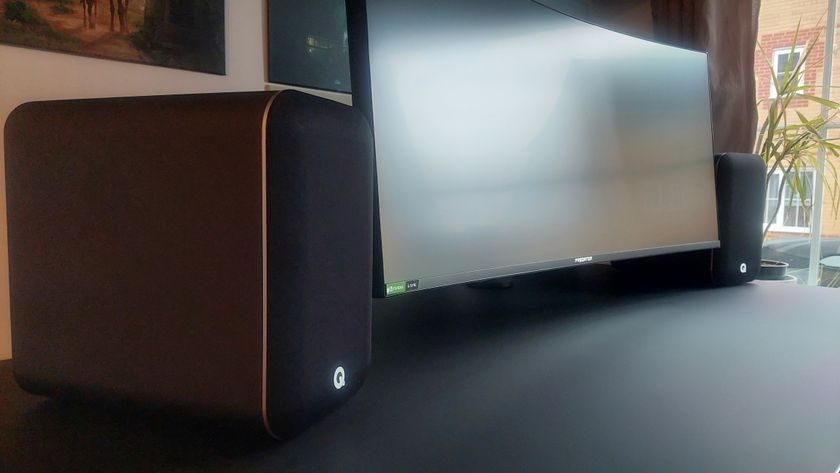What is spatial audio and why is 3D sound important for your gaming headset?
Spatial audio can make or break your online gaming experience
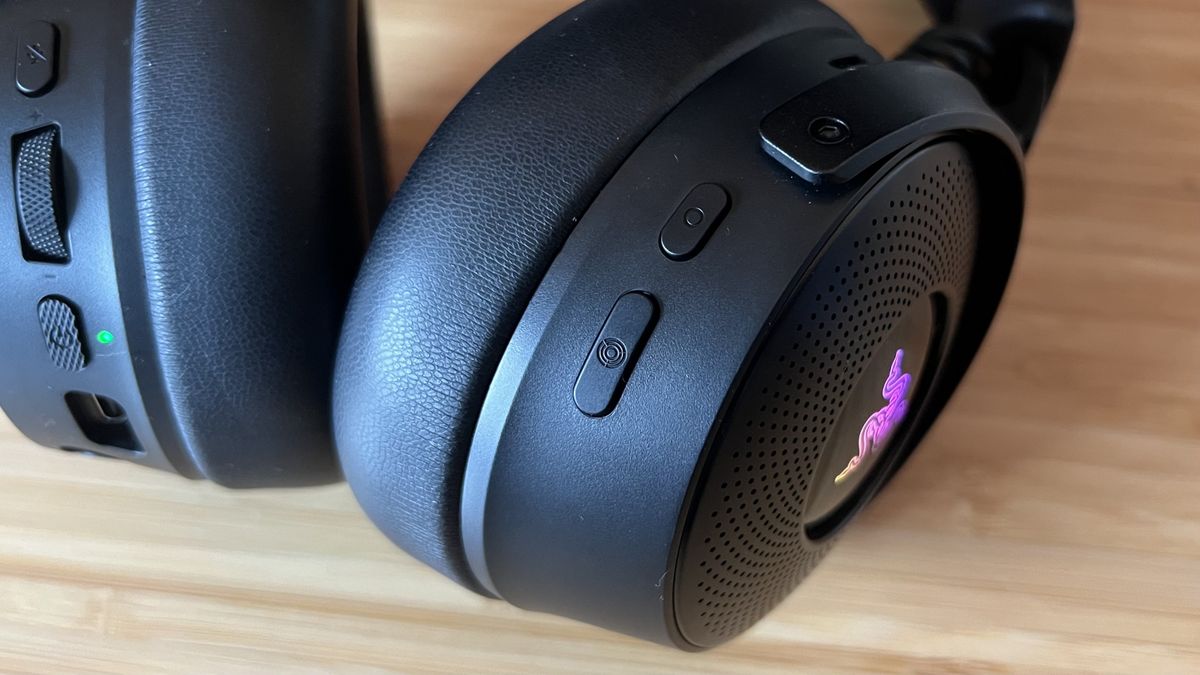
If you’ve ever sat down and researched the best gaming headsets, you may have come across some re-occurring buzzwords ranging- from ‘spatial audio’ to ‘3D audio’ and ‘immersive audio.’ I’m happy to inform you that these words aren’t just marketing drivel. While ‘spatial audio’ was popularized by Apple to refer to their own tech, it has since become a catch-all term used for any audio that has been placed within that 3D soundscape to provide a more immersive 360-degree experience. Unlike traditional stereo sound, which works by providing audio through left and right channels, spatial audio makes the sound appear as though it is behind, above, and all around you through your gaming headset - just as it would in the real world.
What is spatial audio and how does it work?
The Abbey Road Institute defines spatial audio as “any audio which gives you a sense of space beyond conventional stereo.” Back in the day, stereo sound was utilized to allow sound to pan from left to right. This was later built upon to become ‘surround sound’ which involves the use of multiple directional speakers arranged into 5.1 and 7.1 setups (traditionally five+one or seven+one speakers, or channels, set up in a circle) to produce audio that appears as though it’s happening around you.
Like stereo and spatial audio, 7.1 surround sound is one of the main types of audio tech utilized by gaming headsets. It separates itself by using two additional speakers than the 5.1 setup for a deeper immersive sound experience. There are actually two different types of 7.1 surround sound - virtual and True. True 7.1 surround sound not only involves the use of more drivers than 5.1, but it works through said drivers vibrating along with the intensity of any given sound. Virtual 7.1 surround sound recreates sound via different distances and directions and is almost indistinguishable from spatial sound. In fact, Razer's THX Spatial Audio is itself made of "advanced 7.1 surround sound with Superior Positional Accuracy".
In 2012, one of the most highly recognized forms of spatial audio, Dolby Atmos, was developed in the Dolby Laboratories. Debuted within the Pixar animated film Brave, this new form of immersive audio expanded on 5.1 and 7.1 surround sound by incorporating more precisely placed audio channels to create a 3D soundscape. Instead of the sounds of a film sounding as it was happening around you, the advancement of spatial audio meant you could now pinpoint exactly where any given sound was coming from, enhancing the realism of the film you were watching, and media as a whole.
Spatial audio can be created by the use of speakers, within a movie theatre, music production, or a home theatre setup. It can also be created through the use of one of the best wireless gaming headsets, or wired, to offer a more immersive experience.
Currently, there are two types of spatial audio, Binaural Audio and Head-Related Transfer Functions (HRTFs). If you’ve ever watched ASMR content on YouTube you’re likely already familiar with Binaural Audio which simulates a 3D sound environment by recording audio from two sources, (think of those head dummies with microphones in either ear.)

Head-Related Transfer Functions (HRTFs) refers to spatial audio created through mathematical models that simulate how sound waves interact with our body. The audio we experience around us every day hits our body via sound waves at different times and directions, and if we were able to physically record this, it would sound like HRTF spatial audio. Gaming headset spatial audio simulates the way sound behaves, to enhance immersion.
Which gaming headsets have spatial audio and how do you use it?
A ton of brand names synonymous with gaming headsets use different versions of spatial audio tech. Sony has developed their own with ‘Tempest 3D Audio’ which can be found on one of the best PS5 headsets like the PS5 Pulse 3D and the INZONE H9. Meanwhile, Razer utilizes THX Spatial Audio for sets like the Razer Kraken V4 Pro and one of the best Razer headsets, the Razer BlackShark V2 Pro. Arguably one of the most well-known types of spatial audio, Dolby Atmos, is integrated into headsets from multiple brands, including but not limited to Corsair, Logitech, and Audeze Maxwell.
To experience 3D audio on a headset yourself, not only do you need a pair of cups that can actually utilize the technology to begin with, but each brand will have some extra steps needed to get it set up. For PS5 headphones, you have to enable 3D audio from within the PS5’s console settings. For the best results, the PS5 also has the option to create your own customizable 3D sound profile, which will ask you a bunch of questions and sample audio for you to test in an effort to create the most optimal immersive sound.

Headsets that utilize Dolby Atmos, like the Alienware Pro Wireless, may require the addition of the official Dolby Atmos software to work to their fullest. This can be a bit of a downer if you aren't interested in the best PC headsets, however, you can still enable Dolby Atmos through Sony's current-gen console’s audio settings for any compatible headset you have at hand.
There are more types of spatial audio out there and most mid to high-range gaming headsets will list some type of it as a premium feature, especially as it can considerably aid you in online and competitive gaming spaces. Whenever you’re considering buying a brand new headset, be sure to check its specs to see what spatial audio it offers, and whether or not it’ll actually be compatible with the platform of your choice - from the PS5, PC to the Xbox Series X.
Sign up to the 12DOVE Newsletter
Weekly digests, tales from the communities you love, and more
Why is spatial audio important for gaming headsets?
With spatial audio integrated into headsets from brands like SteelSeries, Razer, and Asus ROG, you can pinpoint every bullet or footstep of your enemy. In online games like Fortnite or Call of Duty Black Ops 6, this can instantly give you an advantage over your competitors. If you can source where you’re being shot at in Fortnite, you can creep up on the unexpecting rival and take them out to get closer to that sweet Victory Royale.
In games like Dead by Daylight, being able to hear a killer's footsteps is imperative to your success in survivor matches. Sure, some killers have a terror radius, which will sound off a spooky theme whenever they’re near. However, being able to hear and place their movements in a 3D space can make it easier to escape their clutches and get to powering up those generators. Even in single-player games, it can help create a more immersive experience and help place you within any given fictional environment.
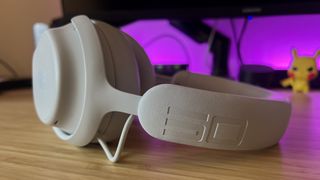
That doesn’t mean you can only find spatial audio within a gaming context. Apple Spatial Audio uses 5.1 and 7.1 setups, along with Dolby Atmos signals, to create its own 3D soundscape for its Apple Music platforms and audio peripherals. While spatial audio is always going to be a benefit for general music listening, it feels more at home when used alongside games. Games by their nature, are an interactive medium, and being able to decipher where any sound is coming from adds to the interactive and immersive nature of them as a whole.
If you have a gaming headset tied to your gaming setup with its own spatial audio tech, try it out for yourself. It may just be that extra source of immersion you’ve been looking for.
Some of the best gaming earbuds are also equipped with their own 3D audio features. However, you can check out our guides to the best Steam Deck headsets and the best Xbox Series X headsets to find a pair of cups best suited for your platform of choice.

Ever since I first held a NES controller in my hand I've been obsessed with gaming, and the hardware it runs on. I could hook up a NES and SNES to a telly, without instructions, before I could walk. Even now, nothing is more exciting then taking a console, or handheld, out the box for the first time and setting it up. This obsession transformed into a love of games and game music, which lead to my music degree and dream of becoming the Scottish Nobuo Uematsu. After sharing my love of games through music, I began to share my love through words on sites like TechRadar and iMore. This lead to becoming a Hardware staff writer for PCGamesN, and later the Senior Tech Writer for Dexerto, covering all things Steam Deck, PlayStation and Nintendo. With that experience, I was able to level up as Hardware Editor for 12DOVE, where I'm still just as Nintendo, PlayStation and gaming tech obsessed as ever.
